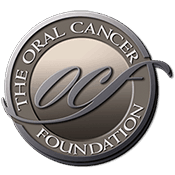The Problem With Supplements
Source: Elemental Date: May 6, 2019 Author: Markham Heid Earlier this year, federal authorities announced plans to strengthen oversight of the supplement industry. “The growth in the number of adulterated and misbranded products — including those spiked with drug ingredients not declared on their labels, misleading claims, and other risks — creates new potential dangers,” said U.S. Food and Drug Administration (FDA) commissioner Dr. Scott Gottlieb in a February press release. Heightened oversight is needed, Gottlieb argued, because expansion and change within the supplement industry has made it difficult for his agency to keep pace. “What was once a $4 billion industry comprised of about 4,000 unique products, is now an industry worth more than $40 billion, with more than 50,000 — and possibly as many as 80,000 or even more — different products available to consumers,” he said. From multivitamins and botanicals to probiotics and protein powders, roughly three out of four Americans now take some kind of supplement on a regular basis. Since the days of palliative tonics and snake-oil salesmen, Americans have been readily lured by the promise of health or longevity in the form of a drink, pill, or powder. While the terminology has evolved — “biohacking” and “nutraceuticals” are some of the buzzwords du jour — the implied benefits of most supplements still outpace or ignore the science. And despite recent studies that find supplements are frequently contaminated or that the best way to get nutrients is through food, Americans’ interest in supplements is only growing. And experts say many supplement users don’t recognize or appreciate the risks that accompany the [...]
